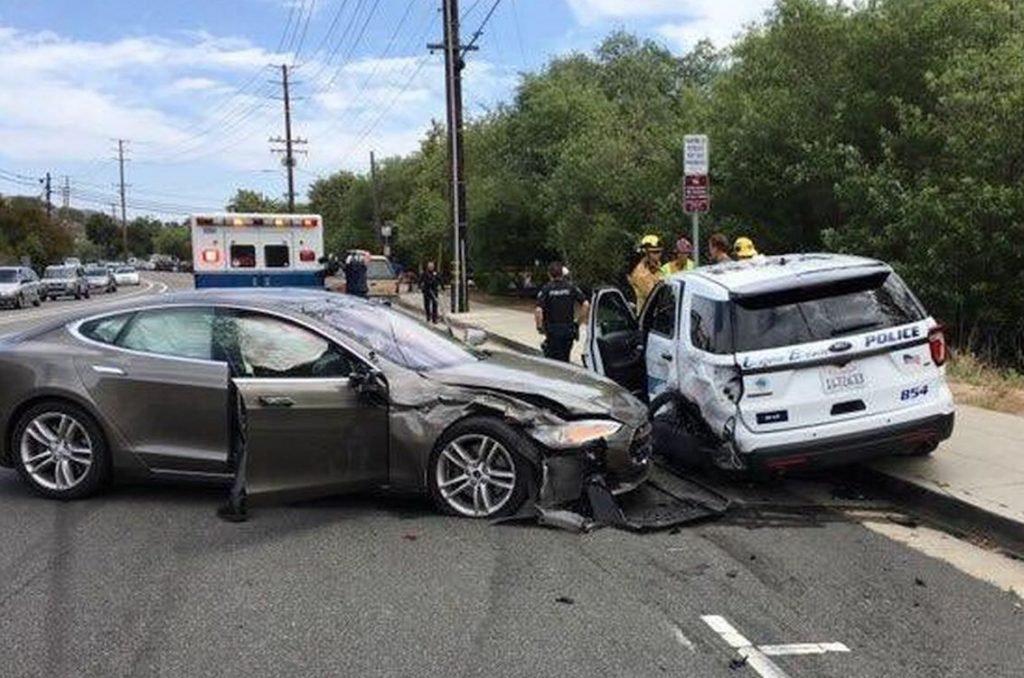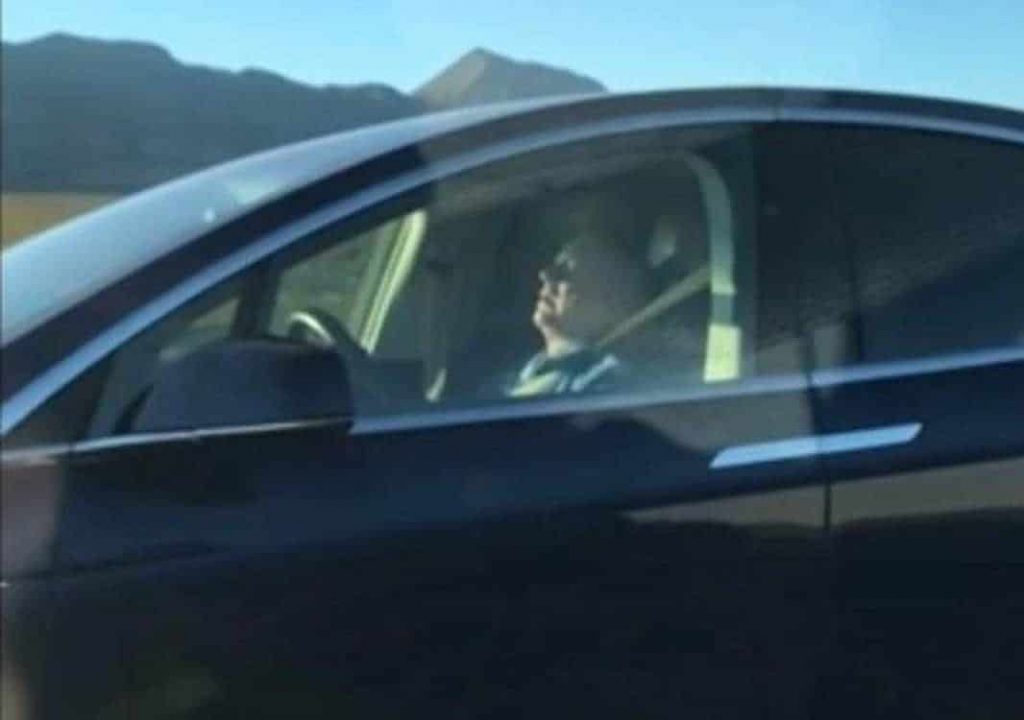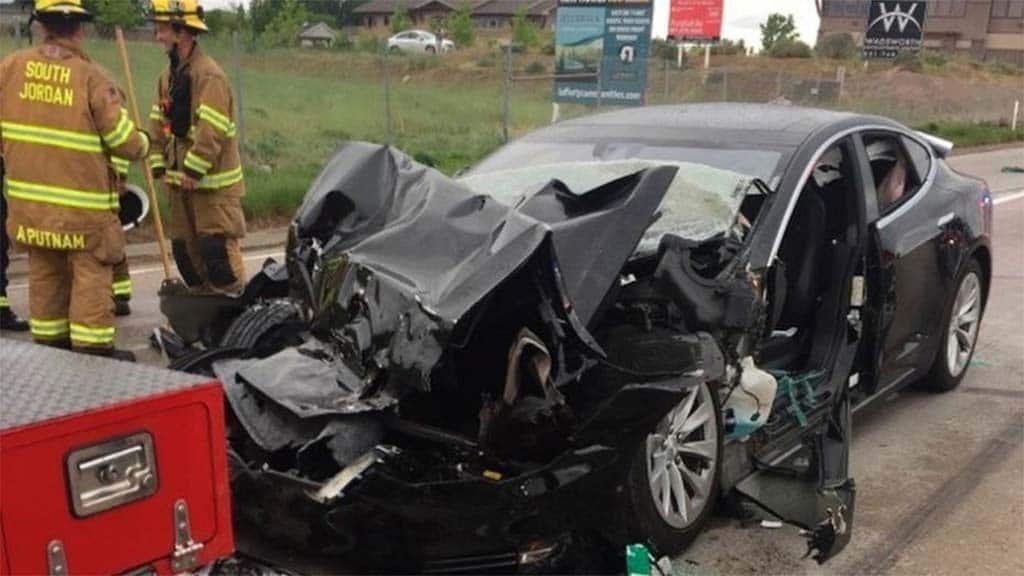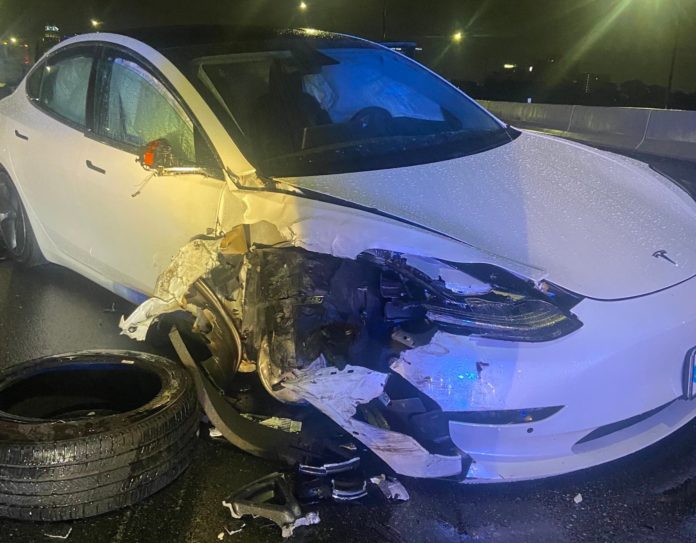Federal safety regulators are digging in deeper as they explore Tesla’s semi-autonomous driving technologies that have been linked to at least 30 crashes and 14 deaths.
They’re also seeking more information on changes Tesla made to both its Autopilot and Full Self-Driving systems. The National Highway Traffic Safety Administration wants the Texas-based automaker to provide additional data no later than July 19 and has warned that any delay could result in civil penalties.
Tesla offers two different automated driving technologies, with motorists required to pay as much as $15,000 up front — along with annual fees — for the Full Self-Driving system.
But both FSD and Autopilot have been involved in a number of crashes, a number of them fatal. And NHTSA is trying to find out whether that is due to faulty technology, driver error or some other cause.
NHTSA wants more information

The latest probe, which was launched in August 2021, focuses on the more than 30 crashes that have been reported involving FSD and Autopilot since 2016. Many of those have involved Tesla vehicles smashing into stationary fire trucks and other emergency vehicles. At least 14 deaths have occurred.
Writing to Tesla on July 3, NHTSA demanded the automaker provide complete details on any changes made to the “design, material composition, manufacture, quality control, supply, function, or installation of the subject system, from the start of production to date.”
Autopilot and FSD have been hailed by some, CEO Elon Musk insisting that Tesla products using the technologies have fewer crashes than average. But skeptics have questioned Tesla’s data and raised questions about the safety of those systems.
Driver error?

Part of the problem is some drivers ignore the fact that Tesla requires them to maintain their hands on the wheels at all time, ready to take full control in an emergency. There are numerous videos on social media showing drivers lifting hands off the wheel, falling asleep, even climbing into the back seat while operating in Autopilot and Full Self-Driving mode.
Adding to concerns, critics note that Tesla did not, until recently, have a way to monitor driver behavior. With several competing systems, such as Ford’s BlueCruise and General Motors’ Super Cruise, cameras and other technologies are used to make sure motorists aren’t distracted or disabled, and that they retain a focus on the road.
Tesla has also been faulted for switching to a camera-only approach to monitoring traffic and road conditions. Most competitors use a “sensor-fusion” approach, blending cameras, radar, even a 3D laser technology known as lidar.
OTA

NHTSA is seeking details on how Tesla has updated its vehicles. Among other things, it wants to know about the driver monitoring system the company has now begun installing, and how it operates.
It also wants to know about changes Tesla made to the Full Self-Driving software through a recall announced in February. The company used a smartphone-style over-the-air update to address concerns that FSD could break a number of traffic laws. Among other things, NHTSA claimed it could permit Tesla vehicles to run through yellow lights, or go straight through an intersection even though the vehicle was in a turn lane.
Tesla has repeatedly sparred with NHTSA, as well as the National Transportation Safety Board over concerns about its automated driving technology. But the feds aren’t the only ones raising concerns. The influential Consumer Reports has downgraded the capabilities of both systems, ranking higher competitors like BlueCruise and Super Cruise.
Musk again promises full autonomy
Tesla failed to respond to a request for comment. But CEO Musk has repeatedly defended both Autopilot and FSD. In April, he stated that he believes“The trend is very clearly toward full self-driving.” He has said repeatedly in recent years that FSD will add full hands-free autonomous capabilities. And though it has missed those goals, he added that, despite some hesitation, “I think we’ll do it this year.”

